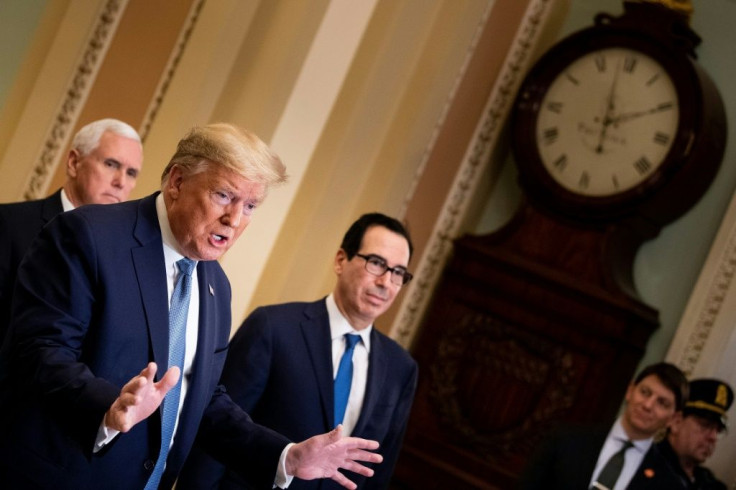Stimulus Check: What To Do If You're Still Waiting For Your Coronavirus Money

Millions of coronavirus stimulus checks have been sent to Americans, but not everyone has received their portion of the COVID-19 money authorized by the CARES Act. In fact, a new report given to the House Ways and Means Committee found that as many as 30 million to 35 million people are still waiting for their check.
If you're one of them, there's a very good chance your money won't come unless you act. Fortunately, the steps you need to take aren't complicated, but you still may need to wait awhile for your payment.
Who is still waiting for their coronavirus stimulus funds?
According to the House Ways and Means Committee, the people still awaiting their COVID-19 payment include:
- Between 13 million and 18 million households that file tax returns and qualify for payments, and that the IRS should be able to send checks to since it can obtain their information.
- Around 7.5 million elderly Americans who receive Social Security or railroad retirement benefits and don't file tax returns. The IRS should be able to obtain information for them so it can send their checks.
- 10.7 million people who don't get any federal benefits and who aren't required to file a tax return.
- An unknown number of benefit recipients through Supplemental Security Income or the Department of Veterans Affairs (VA) who don't file tax returns but whose information the IRS should be able to get from the VA or Social Security Administration.
In other words, most but not all of the people still awaiting payments should get them since the IRS can find them. But some people will need to act or they could miss out on the money (including around aforementioned 10.7 million taxpayers who don't get benefits and who don't have to file tax returns).
How can you get your hands on your COVID-19 money?
You have three options to make sure you get your coronavirus stimulus funds if you haven't already:
- File a 2019 tax return. You have until July 15 to file a return for last year. This may be your best option if you qualify for a payment based on your income last year but not on your 2018 income.
- Use the IRS form for non-filers: If you aren't required to file a tax return but qualify for a stimulus payment, this is the approach you should likely take. You can submit your information using a quick online form that's much easier than completing a full tax return. You have to act by Oct. 15 to use this method. But you shouldn't do this if you're planning to file a 2019 return or have done so already, as this could slow down your payment.
- File a 2020 tax return: You can't do this until the IRS begins accepting returns for this year, which will likely happen sometime toward the end of January 2021. But this may be your best option if you qualify for a stimulus payment based on this year's income but not based on what you made in 2018 or 2019.
If you've already filed a 2019 tax return, you may not need to do anything except wait until the IRS gets to you. The agency hasn't been able to process paper returns due to COVID-19, but staff members are starting to return to work, so there should be some progress made soon.
This article originally appeared in the Motley Fool. The Motley Fool has a disclosure policy.





















